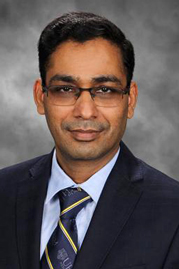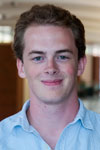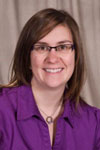Faculty & Staff
Leadership

Jesse Schallek, PhD
Associate Chair for Research
Administrative Staff
 Dollie Aiken
Dollie Aiken
Principal Research Administrator
Email Dollie
 Shannon Stevely
Shannon Stevely
Assistant Research and Grants Administrator
Email Shannon
 Alejita Trinidad
Alejita Trinidad
Administrative Assistant
Email Alejita
Director of Research Imaging
 Rachel Hollar
Rachel Hollar
Email Rachel
Laboratory Researchers

Neural and circuit mechanisms of visual plasticity after occipital stroke; transsynaptic retrograde degeneration and reorganization of early visual pathways after cortical damage; technologies to promote behavioral vision restoration.

Molecular development of the eye and inner ear; anterior segment dysgenesis (ASD) and developmental glaucoma; congenital deafness and vestibular dysfunction

Neurobiology of glaucoma, molecular processes that lead to retinal ganglion cell death

The development of imaging techniques for investigation of the human visual system, and the development of new vision correction alternatives

Optogenetic and photoreceptor replacement therapies to restore vision to the blind with particular emphasis on the challenges caused by the unusual anatomy and physiology of the fovea. Adaptive optics calcium imaging in the living eye to evaluate restored retinal function at the cellular scale in vivo

Biological visual restoration; Organization of visual cortex in humans and non-human primates
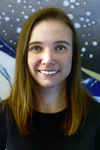
Understanding how neural computations shape visual perception and behavior

Developing technologies to measure blood flow in the living Eye to examine the condition of the retina in health and disease

Using patient-derived human induced pluripotent stem cells (hiPSCs) to study the molecular mechanism of specific retinal and neurological diseases and applying that knowledge to pharmacologically target certain retinal disorders in patient-derived cells

Understanding the key molecular and cellular pathways involved in eye disease, with a particular focus on Thyroid Eye Disease (TED)

Pathogenesis of bacterial corneal infections and novel antimicrobial drug discovery

Thyroid-associated eye disease. Cranial nerve palsies, disorders of the optic nerve, visual field loss, and eye movement problems
Clinical Researchers

Human tear film dynamics and its relationship to clinical dry eye syndrome

VEGF trap treatment for age related macular degeneration and Age related eye disease study 2

Ocular Genetics and gene therapy, Children’s Vision Screening, Pediatric Glaucoma, Cataract and uveitis, Ocular manifestations of Child Abuse, Bioethics
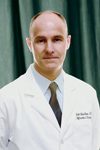
The design of numerous refractive surgical instruments, laser surgery techniques and he holds the patent on a commonly used astigmatism treatment

Corneal Dystrophies, Dry Eye, Cataracts, Keratitis, Ocular Herpes, Keratoconus, Corneal Trauma, Refractive Error
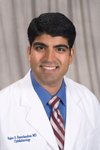
Dr. Ramchandran performs retinal surgeries, laser therapy, intravitreal injections as well as medical retina. His other interests include health policy and economics, telemedicine and international ophthalmology
Secondary Faculty

Viscoelasticity in soft biological tissues; soft tissue aging, disease and repair

Antimicrobial drug discovery using pathogenic Staphylococcus aureus and Acinetobacter baumannii: exploiting components of the bacterial RNA metabolism machinery; characterizing prokaryotic ribonucleases; understanding the impact of the host environment on antibiotic resistance and virulence factor expression
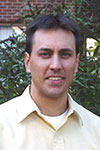
Statistical methodology for biomedical and public health applications including semi-parametric and non-parametric methods in missing data problems, measurement error, and survival analysis

Impairments of perceptual function and organization in schizophrenia and other neuropsychiatric disorders, their relationship to symptom emergence (e.g., in terms of altered predictive coding, or altered contextual modulation) and the possibility of performing visual remediation of low- and mid-level visual disturbances in these conditions

Human Development and Aging with particular interests in facilitating well-being among vulnerable older adults and their families

Understanding neural mechanisms of human visual perception using psychophysics, brain stimulation and computational modeling. Current work includes the study of vision in stroke, low-vision, TBI, autism, cognitive aging and schizophrenia

The latest optical technology arising from fields such as microscopy and astronomy to address questions about the fundamental limits of human vision as well as the causes of retinal disease

Modeling and measuring the coherence properties of returned light through biomedical imaging, material science, remote sensing

